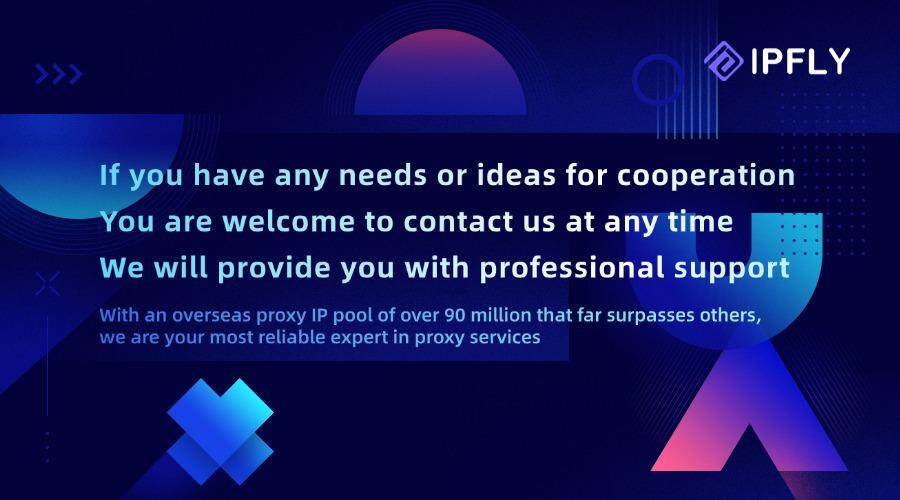In the world of online privacy and automation, the phrase “private proxy Wingate me” often pops up among power users looking for reliable ways to hide their IPs, access restricted content, or run bots. Whether you’re scraping data, managing multiple accounts, or simply trying to browse more securely, understanding how Wingate proxies work—and how to use them correctly—is key.
In this guide, we’ll break down what a private proxy is, how Wingate proxies differ from others, and what you should look for in a proxy provider in 2025. We’ll also explain how proxy services can fit into your setup when you’re aiming for speed, stability, and broad geo-access.

What Is a Private Proxy?
A private proxy is a dedicated IP address assigned only to you, allowing you to route your internet traffic through a different IP without sharing it with others. This is different from public or shared proxies, which often suffer from slower speeds, bans, and inconsistent availability.
Private proxies are ideal for tasks like:
- Managing social media automation
- Accessing geo-blocked content
- Ad verification
- E-commerce data scraping
- Avoiding IP bans from platforms like Google, Instagram, and others
What Does “Wingate Me” Mean in Proxy Context?
The term “Wingate me” refers to configuring or using a WinGate proxy server, a well-known proxy software solution originally designed for Windows environments. The Wingate server allows users to:
- Create secure proxy tunnels
- Manage user access and network traffic
- Perform NAT and firewall configurations
- Apply internet policies per user/device
Essentially, it’s a way to set up and control proxy behavior on your own system. However, configuring Wingate from scratch can be technical, especially when combined with private proxy IPs. That’s where managed services or proxy providers come into play.
Why Combine WinGate with Private Proxies?
Using private proxies with WinGate software gives you the best of both worlds:
- Control: You set your own rules and policies.
- Anonymity: The private IP masks your real one.
- Security: Advanced filtering, firewall rules, and authentication help protect your system.
But not everyone wants to go through the hassle of setting up a full Wingate server. That’s why many users look for preconfigured private proxies or managed proxy dashboards that offer similar control—without the complexity.
Choosing the Right Private Proxy in 2025

Whether you’re planning to run your own Wingate setup or just looking for plug-and-play proxy solutions, here are some things to prioritize:
1. IP Cleanliness
Some proxies carry “dirty” IPs that have been blacklisted or flagged by websites. In contrast, providers like IPFLY use intelligent filtering systems to ensure their IP pools remain clean and usable, even for sensitive use cases like ad verification or SEO audits.
2. Location Variety
Depending on your use case—such as bypassing regional restrictions or testing localized content—you need access to IPs across multiple countries. IPFLY, for example, offers global IP coverage across 190+ countries.
3. Type of Proxy
WinGate supports both HTTP and SOCKS5 protocols, and your proxy provider should too. IPFLY supports multiple proxy types including Dedicated Datacenter, Static Residential, and Dynamic Residential Proxies for different workflows.
4. Performance
Look for providers with high uptime and low latency. IPFLY’s infrastructure is backed by self-built servers, which offer strong performance, especially for use cases like scraping or account management.
5. Authentication Methods
You should be able to authenticate either by IP whitelisting or username/password. This matters a lot in automated setups using tools that interface with Wingate or other local proxy handlers.
Real-World Use Cases of Private Proxy + Wingate
Let’s explore a few situations where this combination works well:
• Social Media Automation
Managing multiple TikTok or Instagram accounts can get you flagged quickly. Using a private proxy setup through Wingate lets you route traffic through a unique IP per account, reducing bans and improving longevity.
• E-Commerce Scraping
If you’re scraping prices from Amazon or tracking Shopify inventory changes, rotating proxies with clean IPs from trusted providers like IPFLY, configured via Wingate, helps you stay under the radar.
• Corporate Firewall Routing
Some companies use WinGate to route all employee traffic through proxies for monitoring, compliance, or bandwidth control. Adding private proxies enhances this setup with additional security and geolocation features.
Is Wingate Still Relevant in 2025?
While many modern solutions exist for proxy routing, WinGate remains a robust tool for those who want deep control over traffic policies, user roles, and authentication. However, it’s more relevant for advanced users, IT administrators, or those running on-premises networks.
How to Start Using Private Proxies with or Without Wingate
- Decide Your Goal: Are you scraping? Automating accounts? Bypassing content filters?
- Choose Your Proxy Type: Static or rotating? Residential or datacenter?
- Pick a Provider: Look for options like IPFLY that offer:
- Multiple protocols (SOCKS5, HTTP/HTTPS)
- Easy authentication setup
- Global IP access
- Clean and fast IPs
- (Optional) Set Up Wingate: Download the WinGate proxy server and configure your proxy settings. Route the private proxy IPs through it to gain advanced control.
- Test Your Setup: Use tools like IPInfo to verify location, anonymity, and connection stability.
Final Thoughts

The combination of “private proxy Wingate me” represents a hybrid approach: one part do-it-yourself server configuration, one part leveraging premium IP services. Whether you’re a developer, growth hacker, or security-conscious business, the right private proxy setup gives you flexibility and power—especially when paired with a tool like Wingate.
If you’re not ready to go full DIY, consider using a professional proxy provider like IPFLY. With millions of residential and datacenter IPs, robust server infrastructure, and support for various proxy protocols, IPFLY allows you to focus more on your goals and less on infrastructure.


